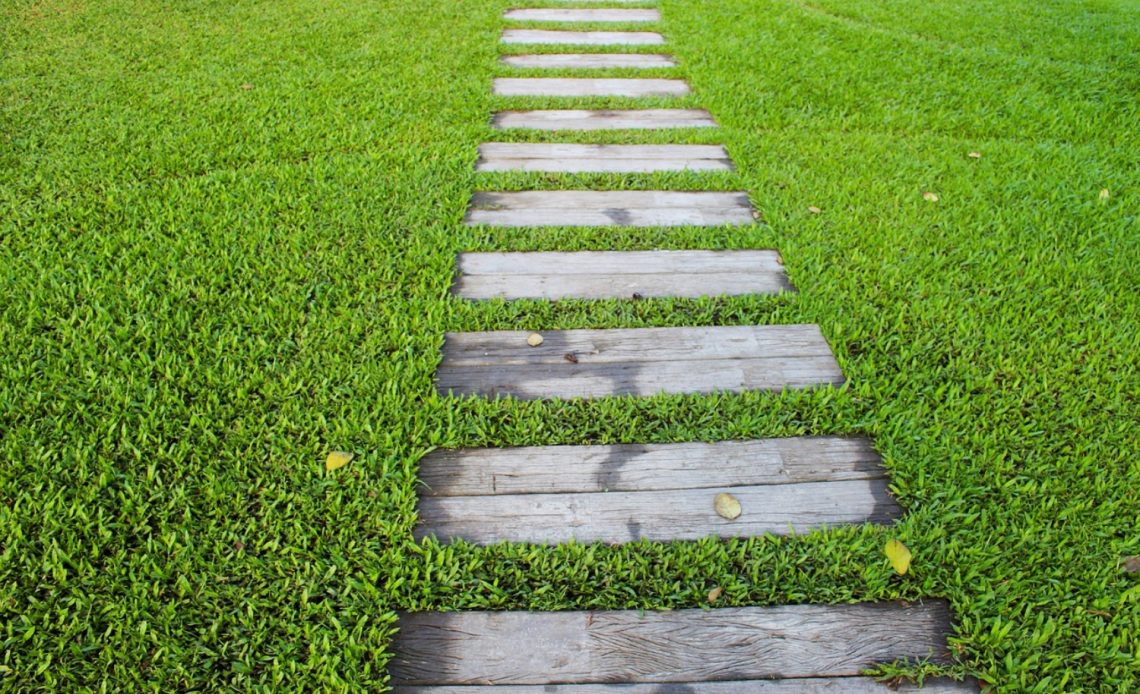

We’re here to help! Wild Yards is a completely free website that is 100% dedicated to helping you create a wildlife-friendly, sustainable yard. Read more
WildYards is reader-supported. When you buy a product through a link on our site, we may earn a comission. Every product is independently selected by our (obsessive) editors and our reviews are unbiased and objective. Read more about our mission or our privacy policy.
Nitrogen, phosphorus, and potassium are the three most important elements for plant growth and development.
Plants rely on phosphorus to replicate their DNA, flower, and produce healthy fruits and seeds.
Meanwhile, potassium improves a plant’s stress tolerance and builds up its immune system, so the plant can survive extreme heat, droughts, cold temperatures, and diseases.
All plants need these three elements to some degree. However, some plants require more nitrogen than phosphorus and potassium.
For plants that need high doses of nitrogen, there’s 34-0-0 fertilizer. But what exactly is 34-0-0 and how do you use it?
A nitrogen-only fertilizer, 34-0-0 contains 34% nitrogen in the form of ammonium nitrate. You can use 34-0-0 fertilizer to feed vining veggies, like squash and pumpkins, as well as certain fruit trees and lawns.
What is 34-0–0 fertilizer?
Although 34-0-0 is an NPK fertilizer, it does not contain any phosphorus or potassium.
Instead, 34-0-0 contains 34% nitrogen, which is a very high dose. The remaining percentage of the fertilizer is comprised of filler material, like gypsum.
This type of fertilizer is often used by hydroponic growers to ensure their plants meet their nutritional needs.
It’s also often used by farmers to fertilize their crops. 34-0-0 fertilizer is especially helpful for feeding vining plants as it stimulates vegetative growth and speeds up their lifecycle.
A 34-0-0 fertilizer provides plants with two different forms of nitrogen: ammonium and nitrate.
Once ammonium nitrate hits the soil, the water in the soil kickstarts the breakdown process.
Plants begin using nitrate right away, but ammonium must be converted into nitrate by soil microorganisms.
These bacteria transform the ammonium into nitrite, then into nitrate.
Providing plants with a form of nitrogen that they can use right away, as well as a form that must be broken down, ensures they stay well-fed for much longer.
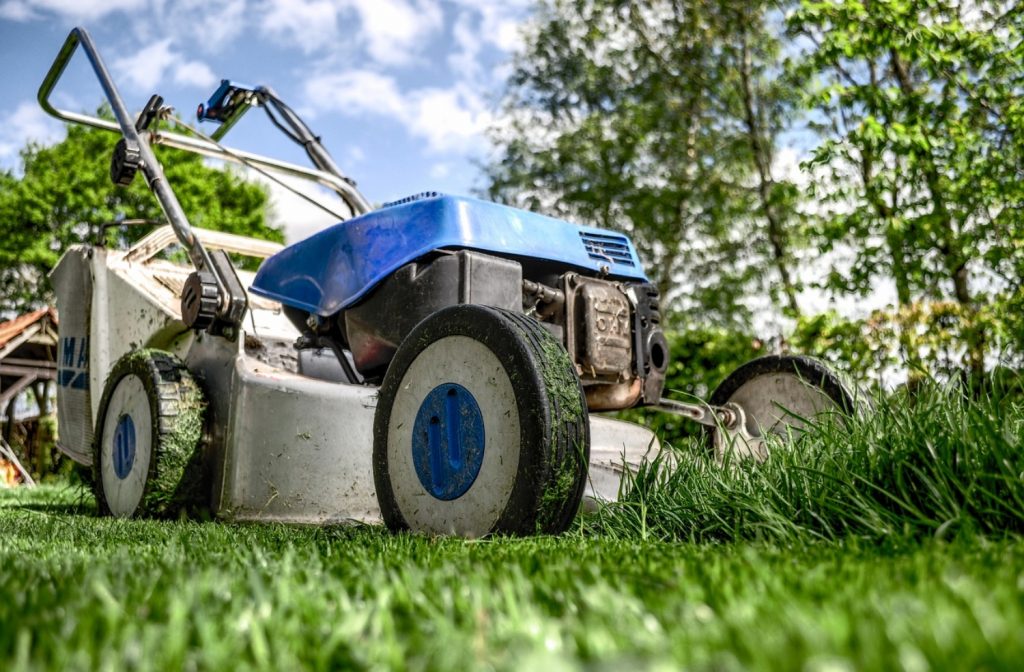
What does nitrogen do for plants?
Nitrogen’s primary role in plant health is in stimulating vegetative growth.
Nitrogen is a key component of chlorophyll, the green pigment plants use to absorb sunlight so they can turn the carbon dioxide, water, and nutrients they absorb into energy for themselves. This process is called photosynthesis.
Plants rely on nitrogen to produce all of their greenery, from new shoots to stems to leaves. Nitrogen is also used to produce proteins and enzymes that plants need to fulfill a variety of metabolic functions.
Adequate nitrogen levels don’t just support healthy plant growth. They also enable plants to survive less-than-favorable conditions.
Plants rely on nitrogen to cope with other nutrient deficiencies, like low levels of magnesium, iron, and calcium.
Plants also use nitrogen to survive droughts and incorrect soil pH, which can be caused by excessive rainfall and other stressors.
Without nitrogen, a plant’s health suffers.
If your plants are struggling with nitrogen deficiency, the first thing you’ll notice is yellowing foliage.
Typically, the oldest leaves of the plant are the first to be affected. Lawns suffering from low levels of nitrogen will develop a yellow cast, and often dry patchy spots as well.
Other signs of nitrogen deficiency in plants include stunted growth, smaller-than-normal young leaves, poor shoot development, pale foliage, and withering leaves that turn brown and dry up for seemingly no reason.
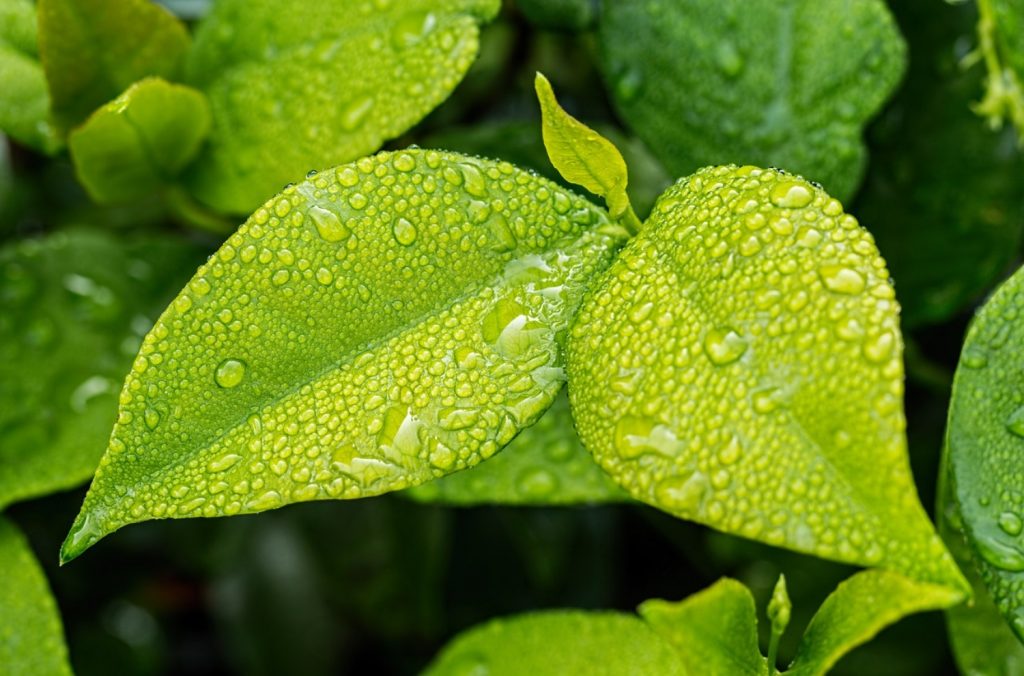
Which plants benefit from 34-0-0 fertilizer?
Nitrogen is an important element for all plants. However, some plants have higher nitrogen requirements than others.
Let’s take a look at which plants in your home and garden will benefit from a high-dose nitrogen fertilizer like 34-0-0.
Note: Be sure to test your soil prior to applying any fertilizer to avoid overfertilizing.
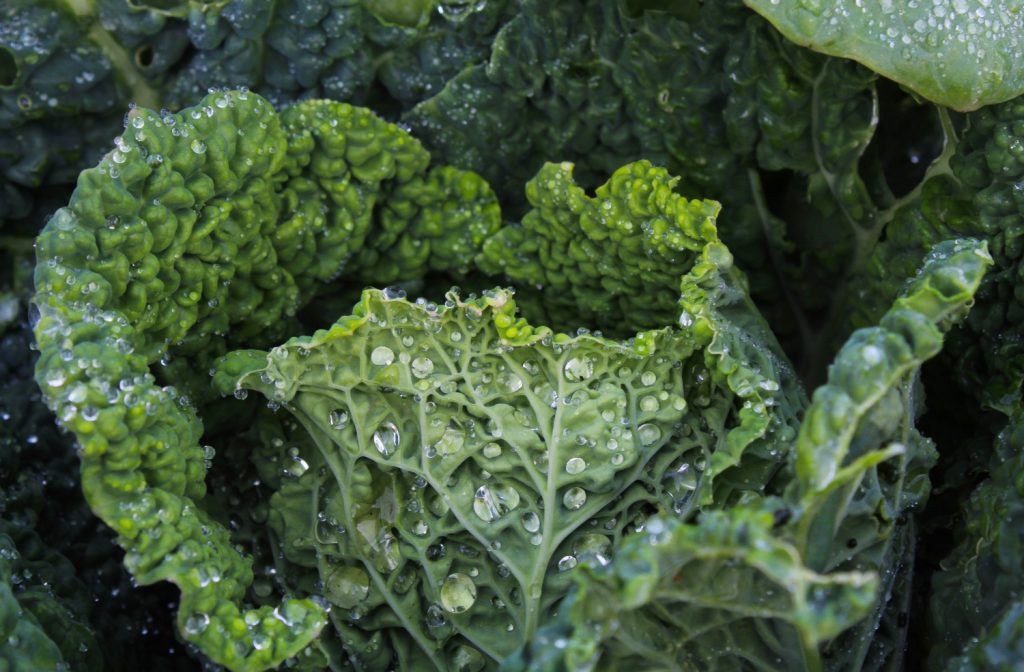
Vegetables
You can use 34-0-0 fertilizer to feed your leafy green veggies, whether you’re growing spinach, lettuce, Swiss chard, kale, cabbage, or greens.
Plants that are grown for their foliage have higher nitrogen requirements, so they benefit from being fertilized with 34-0-0.
Vining plants, including cucumbers, pumpkins, squash, and watermelons also benefit from 34-0-0 fertilizer.
Nitrogen-rich fertilizers provide these plants with all of the nutrients they need to grow quickly, so they begin flowering and fruiting much sooner than non-fertilized plants.
34-0-0 fertilizer is also a great choice for heavy feeders. Garlic, onions, and other alliums have high nutrient requirements, so feeding them 34-0-0 can enhance their development.
Brassicas, like broccoli, cauliflower, and Brussels sprouts, also perform much better when given ample doses of nitrogen.
Use 34-0-0 to feed other nitrogen-loving plants, including asparagus, eggplant, artichoke, and corn.
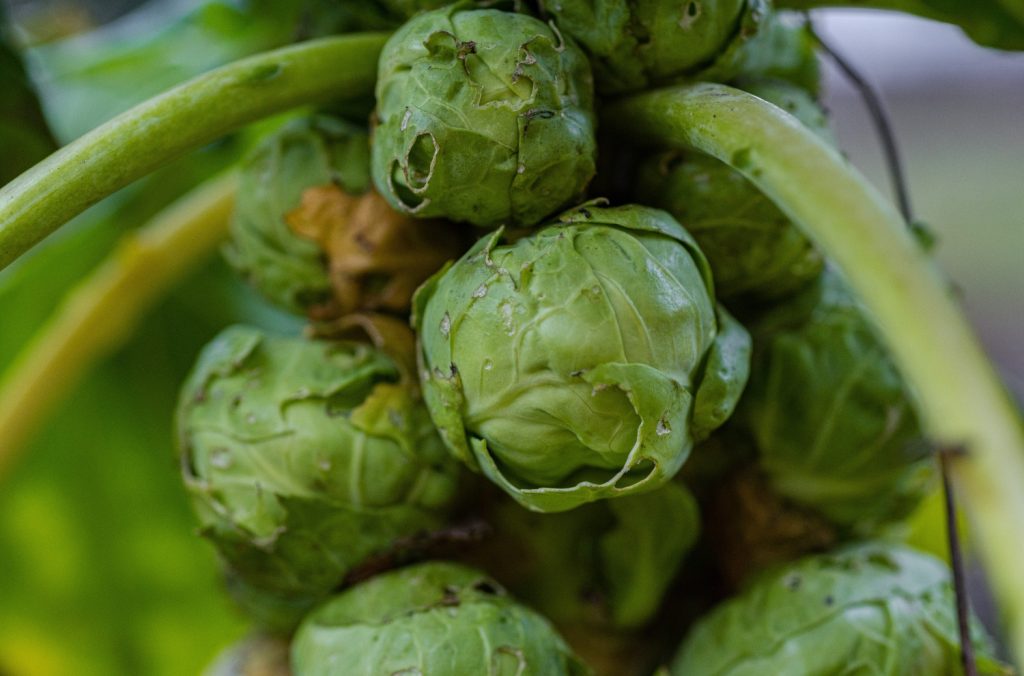
Fruit trees
When it comes to feeding high-nitrogen fertilizers to fruit trees, there’s a bit of a learning curve.
Mature fruit trees that have begun flowering and fruiting typically do not benefit from being fertilized with nitrogen-rich materials unless their soil is deficient in nitrogen, to begin with.
Feeding fruit trees that are actively flowering and producing fruits a nitrogen-rich fertilizer like 34-0-0 could severely inhibit yield.
That said, nitrogen can be used to help young trees get established more quickly so they can begin fruiting as soon as possible.
Additionally, some fruit trees simply like higher doses of nitrogen, and will grow much better when fed a 34-0-0 fertilizer.
Use 34-0-0 to help newly transplanted fruit trees get established, and to help young fruit trees mature.
You can also apply 34-0-0 fertilizer to apple, avocado, cherry, olive, peach, and pear trees annually.
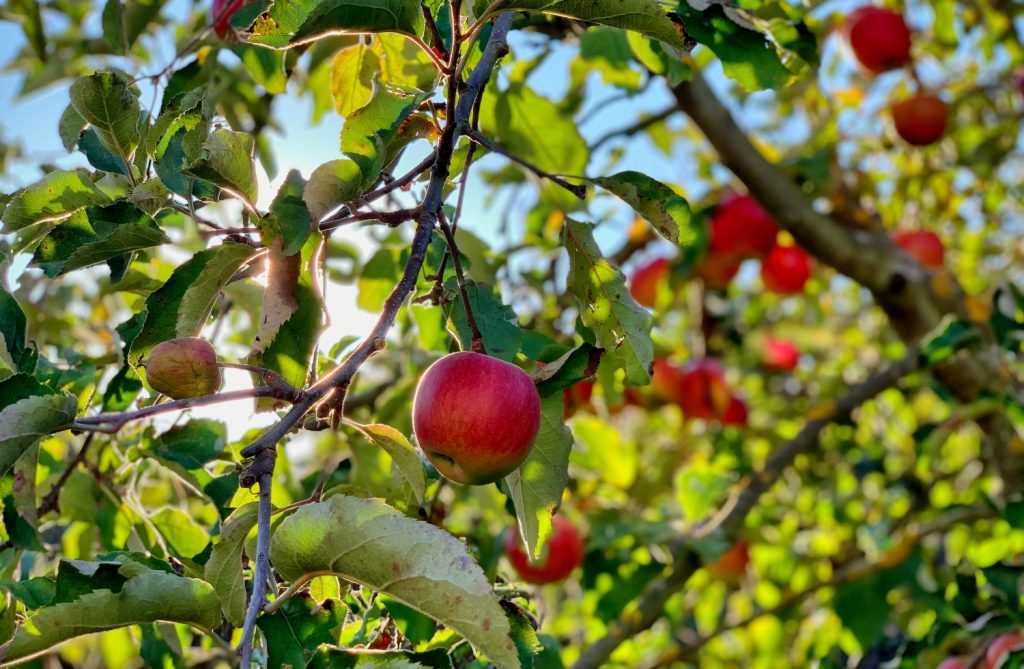
Houseplants
Houseplants have much lower nutritional needs than outdoor plants. Potting soil typically contains enough nutrients to keep these plants satisfied.
Your indoor plants aren’t likely to benefit from being fed 34-0-0 fertilizer.
In fact, 34-0-0 fertilizer contains such high doses of nitrogen that it may kill your houseplants altogether.
Houseplants definitely need nitrogen, but they require phosphorus and potassium as well. And, perhaps most importantly, they need these three elements in low doses.
Choose 1-1-1, 2-2-2, or 3-3-3 fertilizer to feed your indoor plants, instead.
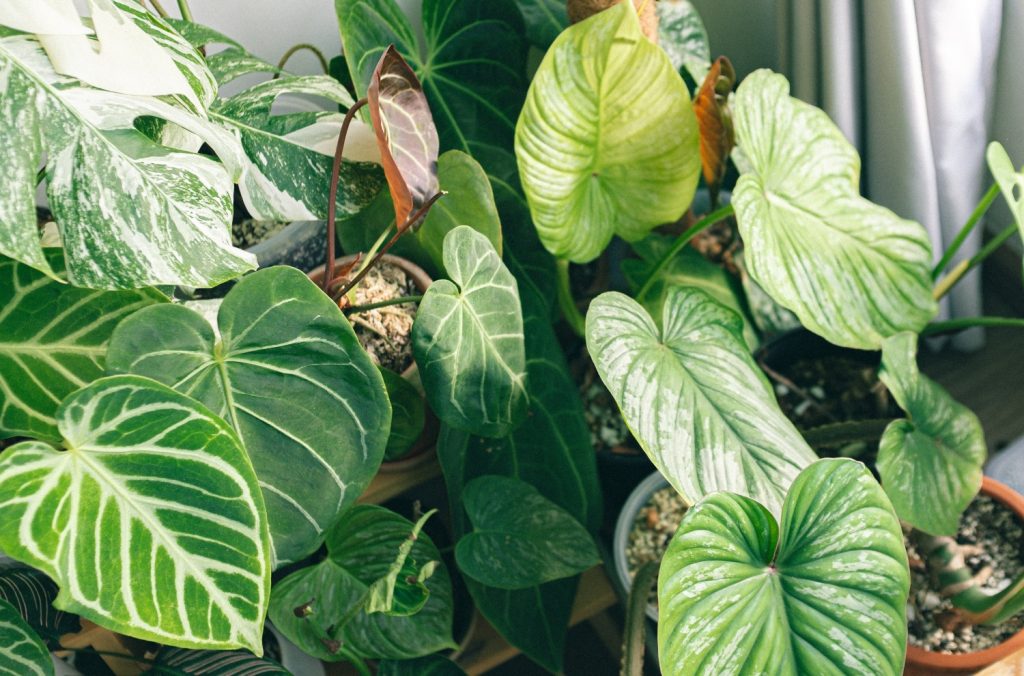
Flowering plants
Like houseplants, flowering plants are not likely to benefit from being fed 34-0-0 fertilizer.
Flowering plants need adequate amounts of phosphorus to bud out and bloom.
Feeding your ornamental plants, whether they’re annuals or perennials, a nitrogen-rich fertilizer like 34-0-0 could prevent them from flowering altogether.
So be sure to choose a more balanced NPK fertilizer, like triple 14, that contains more phosphorus than nitrogen or potassium.
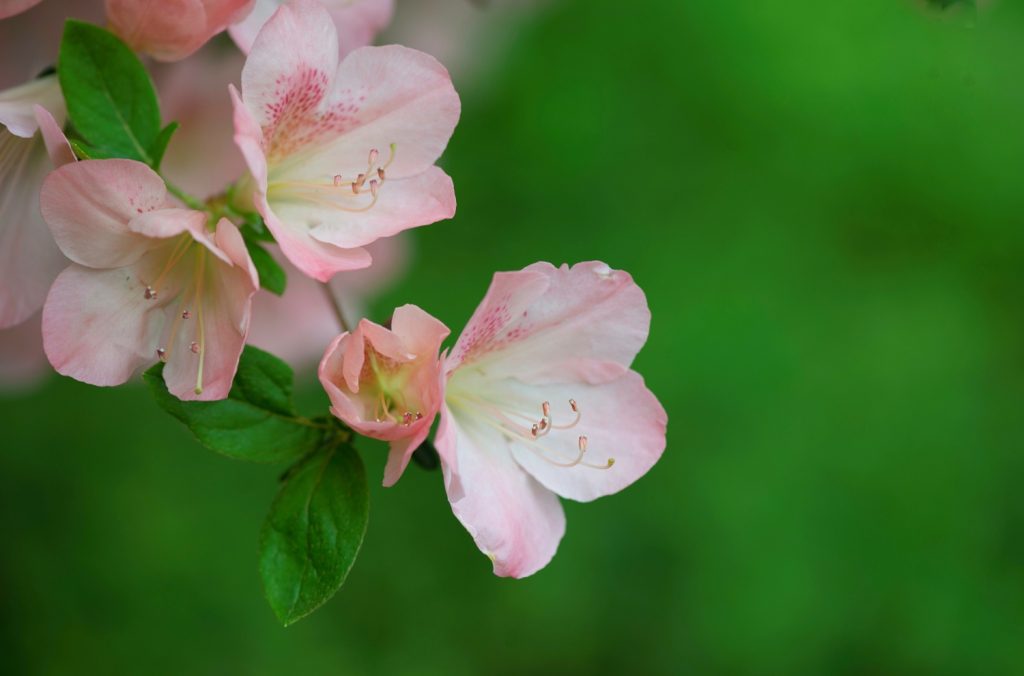
Non-flowering trees and shrubs
Feeding non-flowering trees and shrubs a 34-0-0 fertilizer is hit or miss.
On the one hand, non-flowering trees and shrubs may benefit from the extra dose of nitrogen.
High doses of nitrogen enable these plants to maximize their growth rate and produce plenty of healthy foliage.
However, non-flowering trees and shrubs still require phosphorus and potassium, and 34-0-0 doesn’t contain any.
If you want to feed the non-flowering trees and shrubs in your landscape, you’re much better off with a fertilizer that has a 2-1-1 or 3-1-1 ratio.
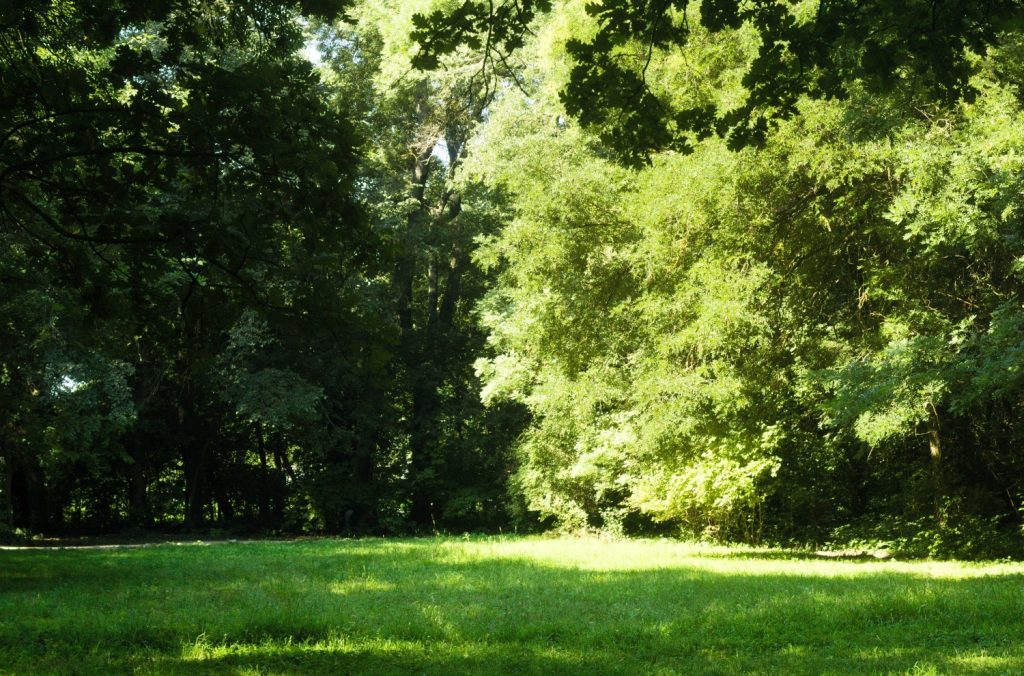
Lawns
Aside from heavy feeders and vining veggies, 34-0-0 fertilizer is most beneficial for lawns.
Turf grasses grow best when fed high-nitrogen fertilizers. Adequate nitrogen enables grass to produce more shoots and blades.
Use 34-0-0 fertilizer to feed your lawn if it looks yellow and anemic.
34-0-0 fertilizer can also be particularly helpful in helping a patchy lawn fill in. Extra nitrogen produces denser turf, so you get a thick carpet of soft, plush greenery.
Feeding a high-nitrogen fertilizer that is completely devoid of phosphorus and potassium will also help prevent your lawn from developing unsightly seed heads, which is another bonus.

What are the different types of 34-0-0 fertilizer?
There are a few different kinds of 34-0-0 fertilizer available to choose from. Each one provides plants with 34% nitrogen, but they all work in different ways.
Let’s take a look at a few different kinds of fertilizers so you can decide which one will work best for your garden.
Water-soluble
This type of 34-0-0 fertilizer is probably the easiest to find. It’s also the least expensive, which is another check in the pros column if you’re a gardener on a budget.
Water-soluble fertilizers are a fine powder. They can be diluted with water and sprayed onto the plants you wish to fertilize.
You can also sprinkle them by hand or use a broadcast spreader to apply them dry, then water the plants well after application.
Water-soluble 34-0-0 fertilizer will keep your plants fed for 4 to 6 weeks on average.
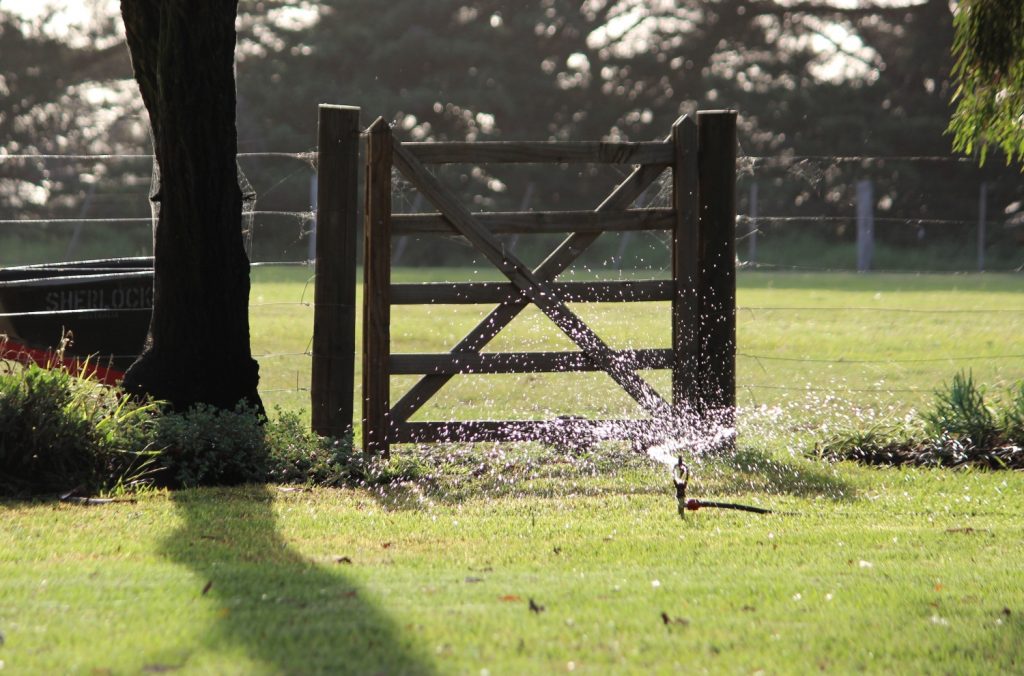
Liquid
A liquid fertilizer works basically just like a water-soluble one, only it comes in a concentrated form.
You’ll need to follow the manufacturer’s instructions to dilute the liquid fertilizer properly before application.
Liquid fertilizers begin working the minute they hit the soil, providing your plants with a quick burst of nitrogen.
Liquid 34-0-0 fertilizers are the best choice for plants that are showing clear signs of nitrogen deficiency. Water-soluble fertilizers are a close second.
A liquid 34-0-0 fertilizer will feed your plants for roughly 4 to 6 weeks.
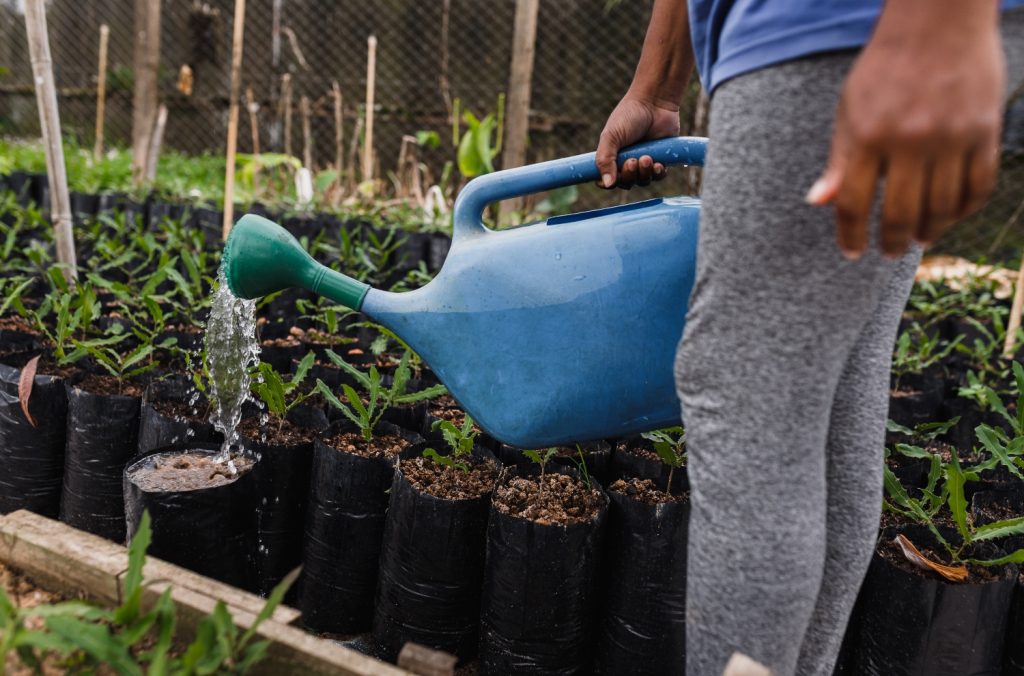
Granular
Granular NPK fertilizers last a bit longer than water-soluble fertilizers, and the increase in the quality of the product is reflected in the price.
Although not usually the most expensive option, granular fertilizers are a bit more costly.
However, they can last for 3 to 6 months, depending on the manufacturer, so you won’t have to feed your plants as often.
To use granular fertilizers, simply sprinkle them by hand or use a broadcast spreader, then water your plants well.
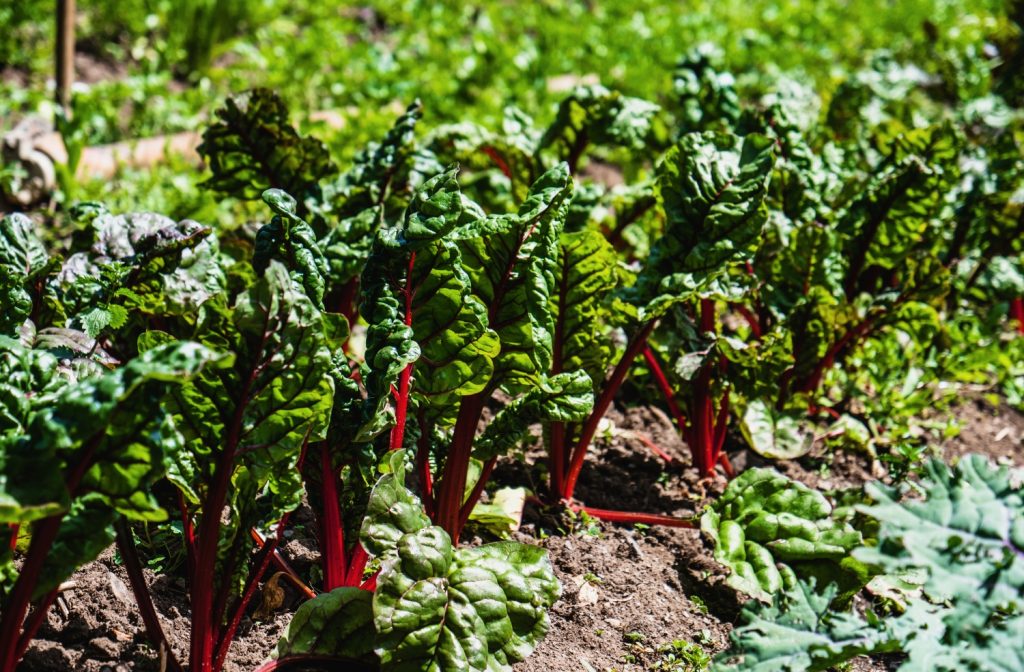
Slow-release
Slow-release fertilizer is essentially a granular fertilizer that has a special coating that slows the rate of breakdown.
A high-quality slow-release 34-0-0 fertilizer can feed your plants for up to 12 months, but the length of time varies by manufacturer, so you’ll need to check the packaging.
You can apply slow-release fertilizer just as you would a granular fertilizer. Be sure to water your plants well when you’ve finished.
Slow-release fertilizer is the best option for lawns. It’s also quite expensive, but you do get plenty of bang for your buck.
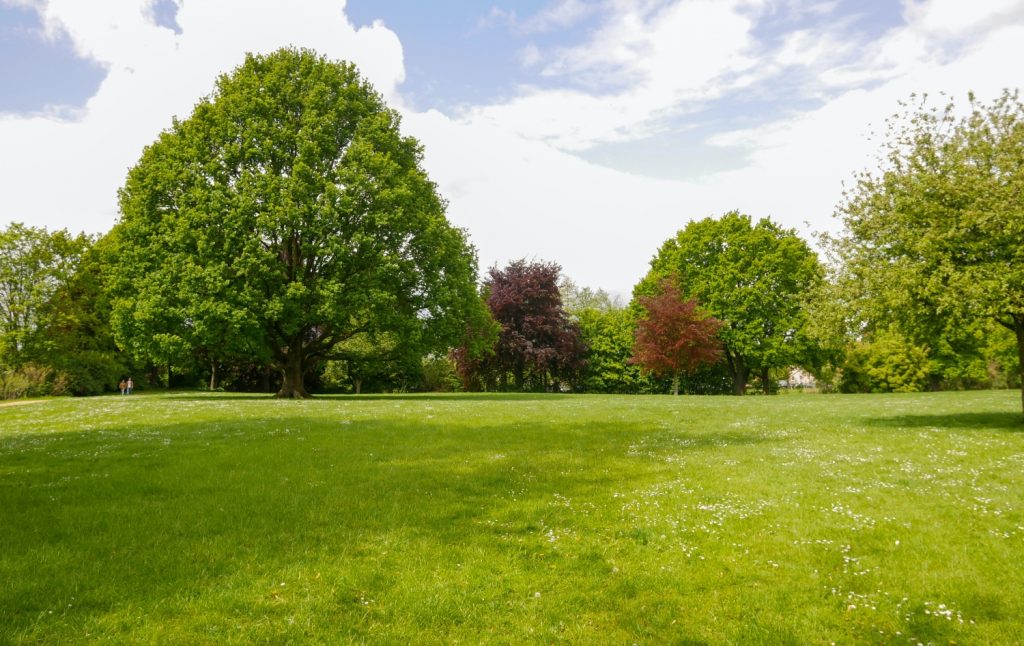
When should you apply 34-0-0 fertilizer?
Choosing the right type of 34-0-0 fertilizer for your plants is only half the story. You also need to make sure that you apply the fertilizer at the right time.
Whether you’re feeding vegetables, fruit trees, or your lawn, it’s best to apply 34-0-0 fertilizer in early spring, when plants are actively growing.
For fruits and vegetables, ideally, you want to apply 34-0-0 before the plant’s flowering period, that way you can enhance vegetative growth without stunting crop yield.
Avoid applying 34-0-0 fertilizer to actively flowering and fruiting plants. Before plants begin to bud out, you’ll need to switch to a high-phosphorus fertilizer to meet their changing nutritional needs.
As for lawns, you can apply 34-0-0 fertilizer from early spring to midsummer to keep them growing well.
Feeding lawns 34-0-0 fertilizer gives them a deep green color, even in the heat of summer. If you’re going for the golf course look, 34-0-0 fertilizer will help you get there!
Some manufacturers add weed killers to their fertilizers, and these weed killers may damage your lawn.
It’s worth double-checking the packaging before applying the fertilizer to spare yourself any unnecessary heartbreak.
Avoid applying fertilizer in late fall or winter. Feeding dormant plants high doses of nitrogen can burn their roots and kill them.
Tips for using 34-0-0 fertilizer
Although 34-0-0 fertilizer has its uses, it also has its limitations.
If your plants are suffering from other nutritional deficiencies, particularly if they’re low on phosphorus and potassium, feeding them 34-0-0 only adds fuel to the fire.
Always test your soil prior to fertilizing. 34-0-0 fertilizer is very concentrated. Testing the soil regularly will prevent you from overusing it.
Once you’ve applied the fertilizer, water your plants thoroughly, and monitor their condition in the following days.
An improved appearance and burst of new growth is a sure sign you made the right decision. But a worsening appearance shows that 34-0-0 fertilizer was the wrong choice.
Water your plants deeply to flush out the fertilizer, then retest your soil and try again.
Additionally, you should be careful not to inhale any of the fertilizer, or get any on your skin.
Apply fertilizers on a still day. Wear long sleeves, goggles, and a mask, and wash off in cool water when you’re done.
Overall, 34-0-0 fertilizer is an excellent choice for lawns and nitrogen-loving fruits and vegetables.
With regular soil testing, you can ensure you provide your plants with just the right amount of nitrogen to keep them growing great.
